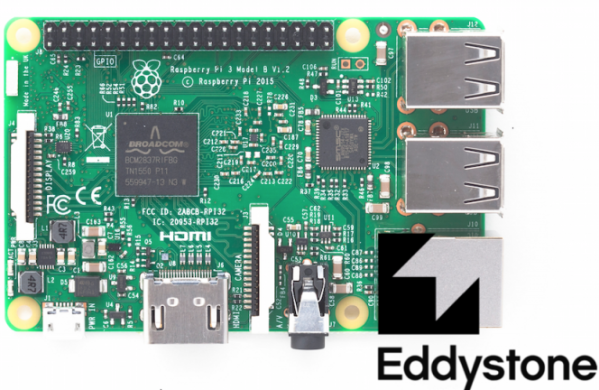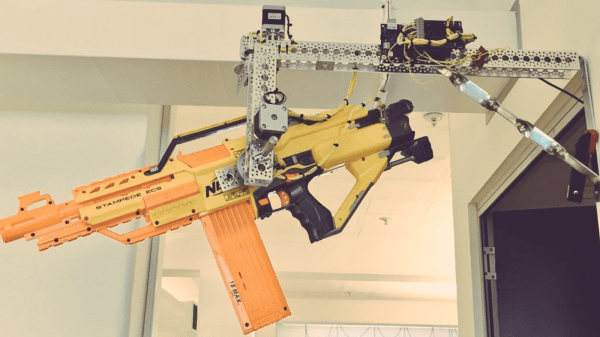Every self-respecting hacker has an automation hack somewhere in his/her bag of tricks. There are a lot of modern-day technologies that facilitate the functionality like GPS, scripting apps, and even IFTTT. In an interesting hack, [Nick Lee] has combined iBeacons and a reverse engineered Starbucks API to create an automated morning routine.
By creating a mobile app that scans for iBeacons, [Nick Lee] was able to reduce the effort made every morning while heading to his office. When the app encounters a relevant beacon, a NodeJS app sitting in the cloud is triggered. This consequently leads to desired actions like ordering an Uber ride and placing an order for an iced latte.
[Nick Lee] shares the code for the Starbucks application on GitHub for anyone who wants to order their favorite cup of joe automatically. This project can be easily expanded to work with GPS or even RFID tags and if you feel like adding IoT to a coffee machine, you could automate all of your beverage requirements in one go.














